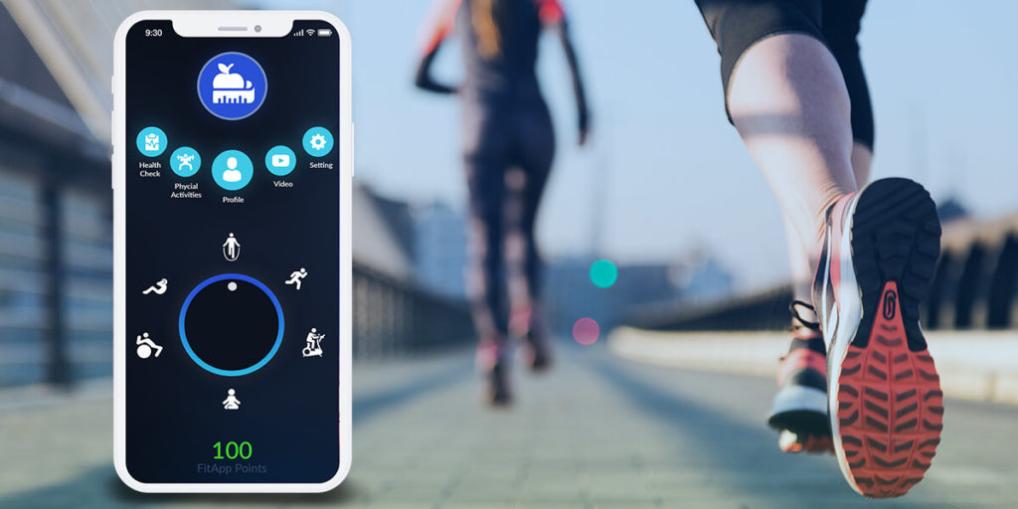Fitness Apps for Specific Populations: How Can Apps Be Tailored to Different Needs and Abilities?
Fitness apps have become increasingly popular in recent years, offering a convenient and accessible way for individuals to track their physical activity, set goals, and monitor their progress. However, not all fitness apps are created equal. To be truly effective, fitness apps need to be tailored to the specific needs and abilities of different populations.

I. Understanding The Needs Of Different Populations
The diverse needs and abilities of different populations must be considered when developing fitness apps. These populations include:
- Older adults: This population may have specific health concerns and limitations that need to be addressed, such as joint pain, balance issues, and cardiovascular conditions.
- Children and adolescents: This population has unique nutritional and developmental needs, and fitness apps should be designed to promote healthy growth and development.
- Pregnant women: This population has special considerations during pregnancy, such as the need to avoid certain exercises and monitor their heart rate.
- Individuals with disabilities: This population may have physical or cognitive limitations that require specialized fitness apps that are accessible and easy to use.
- Individuals with chronic conditions: This population may need fitness apps that are tailored to their specific condition, such as diabetes, heart disease, or arthritis.
II. Tailoring Fitness Apps To Specific Needs
Fitness apps can be adapted to meet the unique requirements of different populations in several ways:
- Different fitness levels: Apps can offer a variety of exercises and activities that are appropriate for different fitness levels, from beginner to advanced.
- Specific health conditions: Apps can be designed to provide guidance and support for individuals with specific health conditions, such as personalized exercise plans and educational resources.
- Accessibility features: Apps can incorporate accessibility features such as voice control, screen readers, and closed captions for individuals with disabilities.
- Language and cultural preferences: Apps can be translated into multiple languages and adapted to different cultural preferences to ensure that they are accessible to a wider range of users.
III. Benefits Of Tailored Fitness Apps
Tailored fitness apps can offer several potential benefits for users, including:
- Improved adherence to exercise programs: Apps can provide motivation and support to help users stick to their exercise routines.
- Increased motivation and engagement: Apps can make exercise more enjoyable and engaging by providing interactive features, challenges, and rewards.
- Better health outcomes: Apps can help users achieve better health outcomes, such as weight loss, improved cardiovascular health, and reduced risk of chronic diseases.
- Reduced healthcare costs: Apps can help reduce healthcare costs by preventing or delaying the onset of chronic diseases and improving overall health.
IV. Challenges And Considerations

There are several challenges and considerations in developing and implementing tailored fitness apps:
- Data privacy and security: Apps need to ensure that user data is collected, stored, and used in a secure and ethical manner.
- Accessibility and usability: Apps need to be designed to be accessible and easy to use for individuals with disabilities and those with limited technical skills.
- Cost and sustainability: Developing and maintaining tailored fitness apps can be expensive, and it is important to ensure that these apps are sustainable in the long term.
- Ensuring evidence-based content: Apps need to provide evidence-based information and guidance to ensure that users are receiving accurate and effective advice.
V. Case Studies And Success Stories
Several case studies and success stories demonstrate the positive impact of tailored fitness apps on users' health and well-being:
- A study conducted by the University of California, San Francisco found that a tailored fitness app for older adults resulted in significant improvements in physical activity levels and overall health.
- A study published in the journal JAMA Pediatrics found that a fitness app designed for children and adolescents was effective in promoting healthy eating habits and physical activity.
- A study conducted by the University of Michigan found that a fitness app for pregnant women helped reduce the risk of gestational diabetes and improve birth outcomes.
VI. Future Directions And Innovations
The field of tailored fitness apps is constantly evolving, with new trends and innovations emerging:
- Artificial intelligence (AI) and machine learning (ML) are being used to develop personalized fitness recommendations and tailored exercise plans.
- Virtual reality (VR) and augmented reality (AR) are being explored as ways to create more immersive and engaging fitness experiences.
- Wearable devices and sensors are being integrated with fitness apps to provide real-time tracking of physical activity and health metrics.
VII. Conclusion
Tailoring fitness apps to the specific needs and abilities of different populations is essential for promoting physical activity, improving health outcomes, and reducing healthcare costs. By addressing the unique challenges and considerations of each population, developers and healthcare professionals can create apps that are effective, accessible, and engaging. As the field of tailored fitness apps continues to evolve, we can expect to see even more innovative and effective ways to help people achieve their health and fitness goals.
YesNo

Leave a Reply